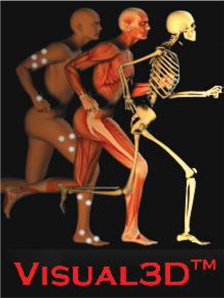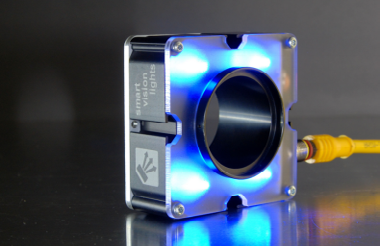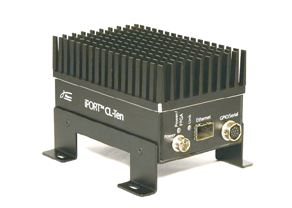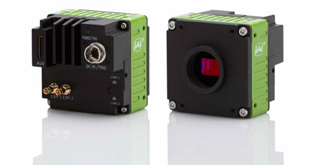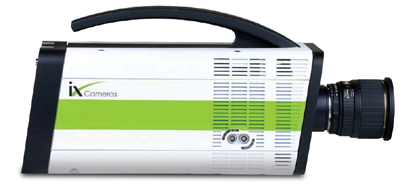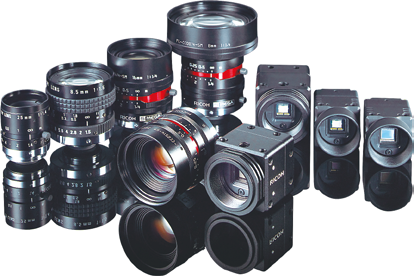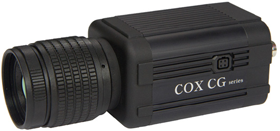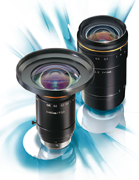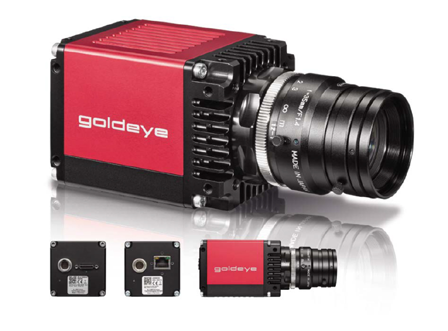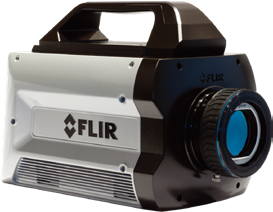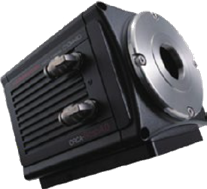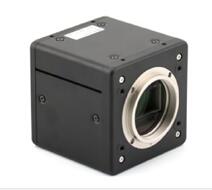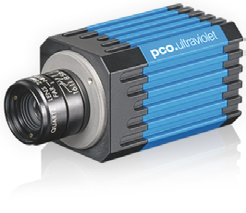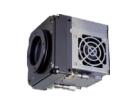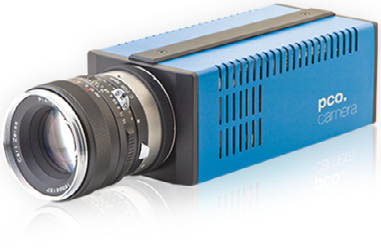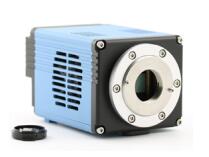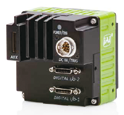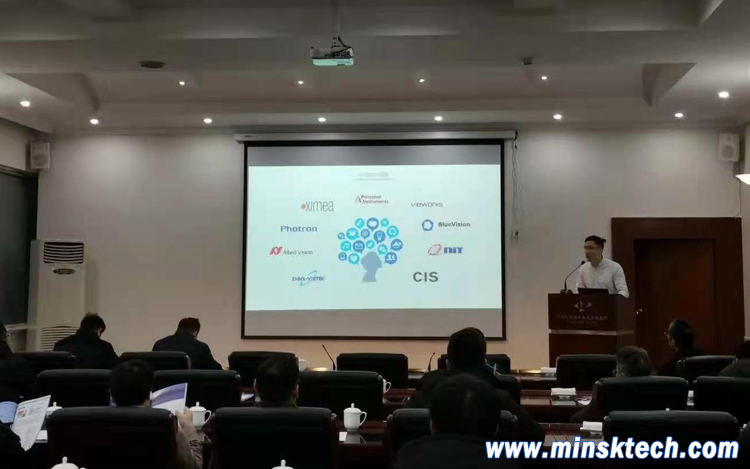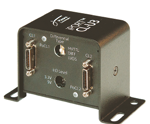
Science cameras have found numerous applications in various fields of study, especially in creating digital twins. Today, science cameras are becoming increasingly popular in the field of Oceanography as well. Digital twin technology combined with science cameras provides a new perspective in understanding oceans.
What Are Science Cameras?
Science cameras are sophisticated scientific-grade digital cameras that can capture images in low light conditions. They feature high pixel counts that produce images with high resolution and clarity. As a result, these cameras can capture details in the environment that are almost invisible to the naked eye.
Applications of Science Cameras in Oceanography
In the absence of human presence, science cameras can create a visual description of the ocean and get insights about marine biology and ecology. This technology has the potential to carry out critical observations, monitor, and predict changes in marine life, composition of water, and atmosphere.
With the aid of science cameras, scientists can monitor and track the movement pattern of marine species such as seals, whales, and fishes. Researchers also use techniques such as photogrammetry and structure-from-motion to study the movement of these organisms in their natural habitat.
Creating A Digital Twin in The Ocean
Creating a digital twin in the ocean gives researchers an immersive experience to monitor natural phenomena and change in their physical environment. Remote monitoring of oceans helps researchers collect data for predictive analysis, calculating probability and preparing for adverse conditions.
With the use of science cameras and other sensors, scientists can virtually recreate ocean phenomena to better understand complex reactions. The biological systems in the ocean are a near endless chain of functioning units, all relying on one another to form a coexisting ecosystem. So by replicating this environment on computers through digital twin technology, researchers understand the behavior of this ecosystem .
Future Prospects of Science Cameras in Oceanography
Science cameras, along with other marine technologies, will continue to revolutionize the understanding of oceans and fisheries. Advancements in technology have made it possible to explore the depths of the ocean with exquisite detail, track species, and their behaviors.
Digital twin technology and AI advancements will continue to push the boundaries of fisheries and ecosystem studies in ways that were once unimaginable. This innovation will also allow marine scientists to improve and create more sustainable management practices.
Conclusion
Science cameras are integral to the study of Oceanography and fisheries. The technology allows data collection with high accuracy. Creating digital twins helps researchers understand the oceans and simulate interactions within habitats. This innovation will help in predicting ecological changes and contribute to sustainable practices in Oceanography.


